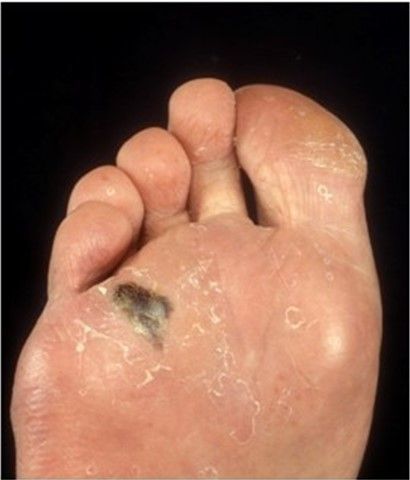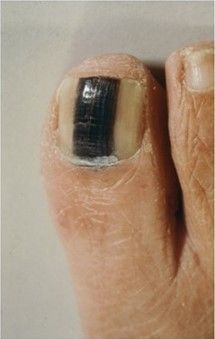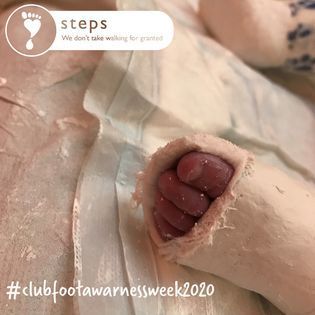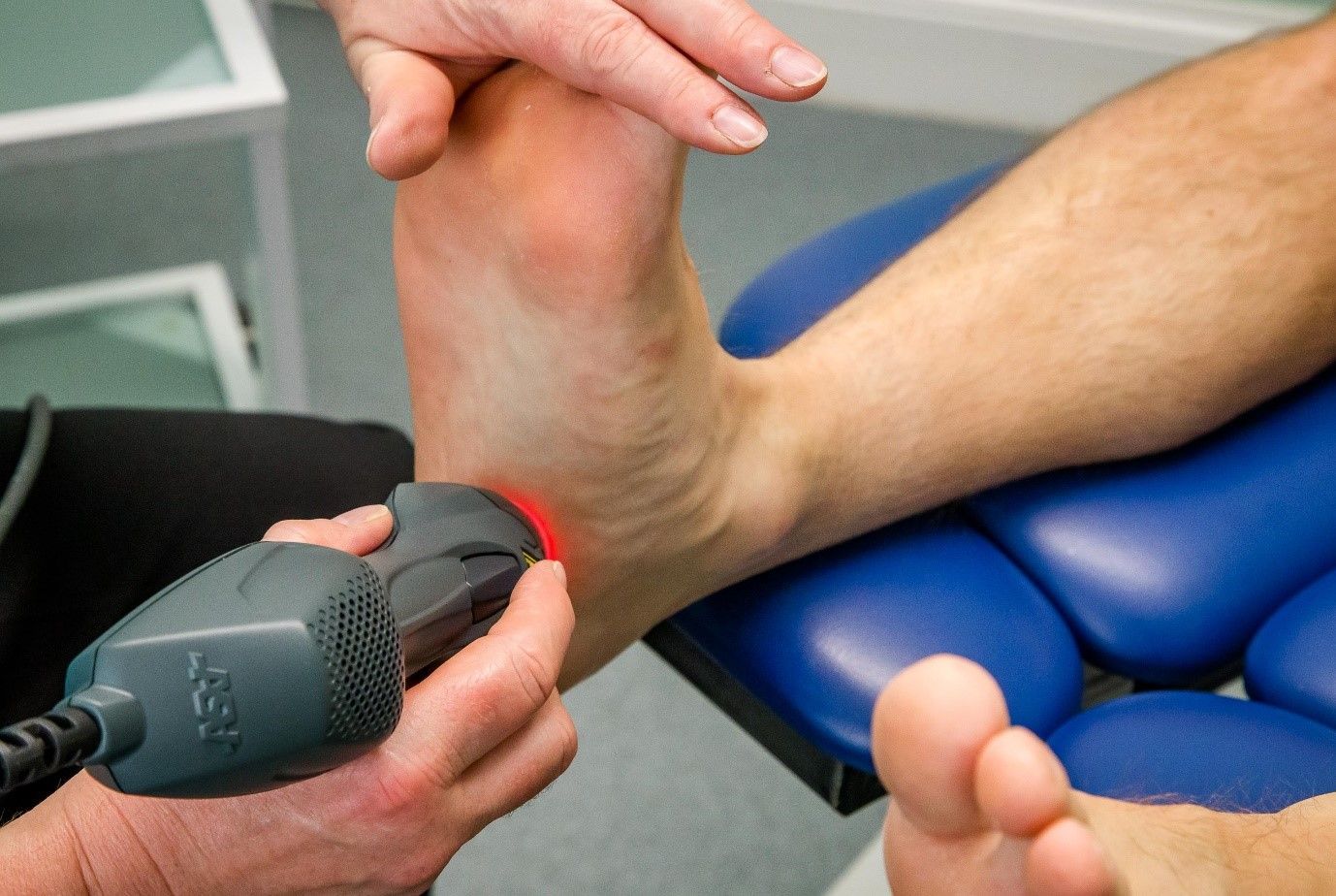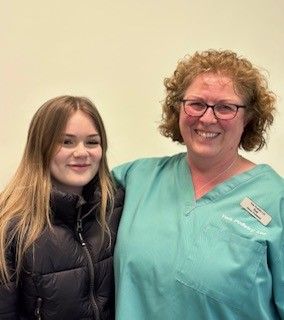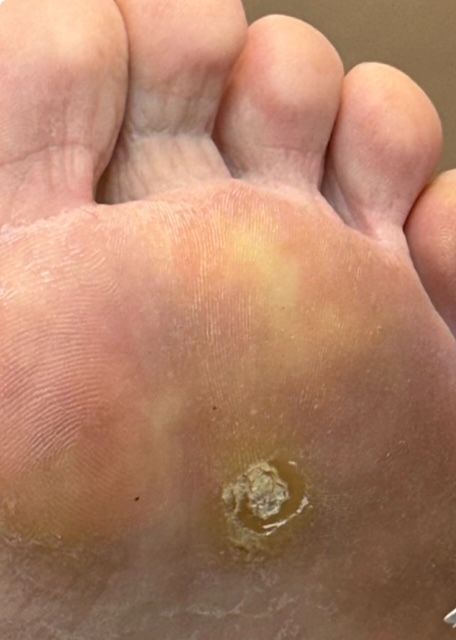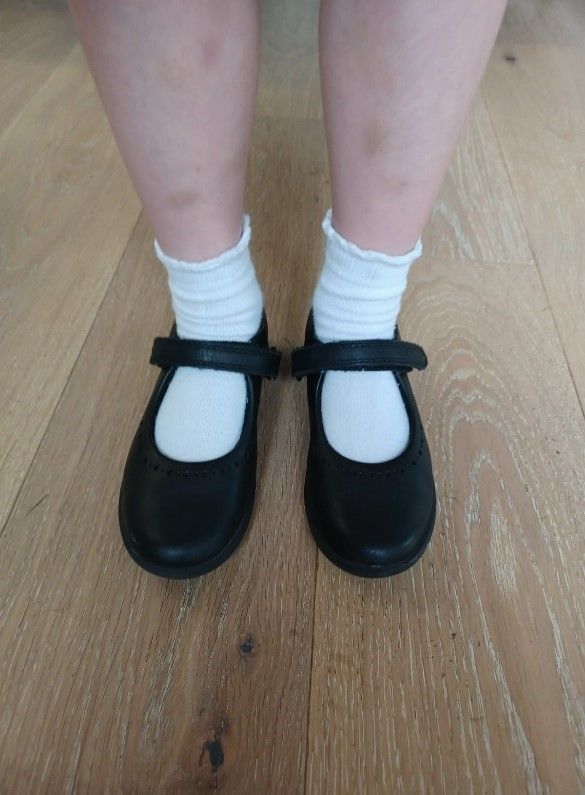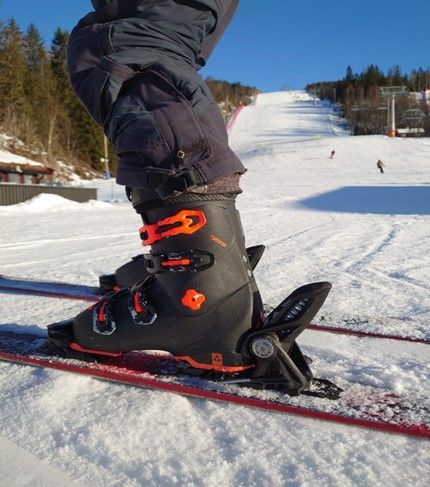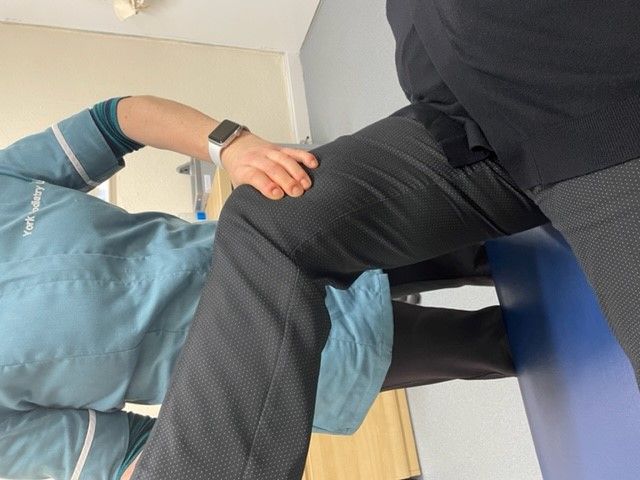Skin Cancer Awareness
Melanoma and the Feet - Author Fiona Northing
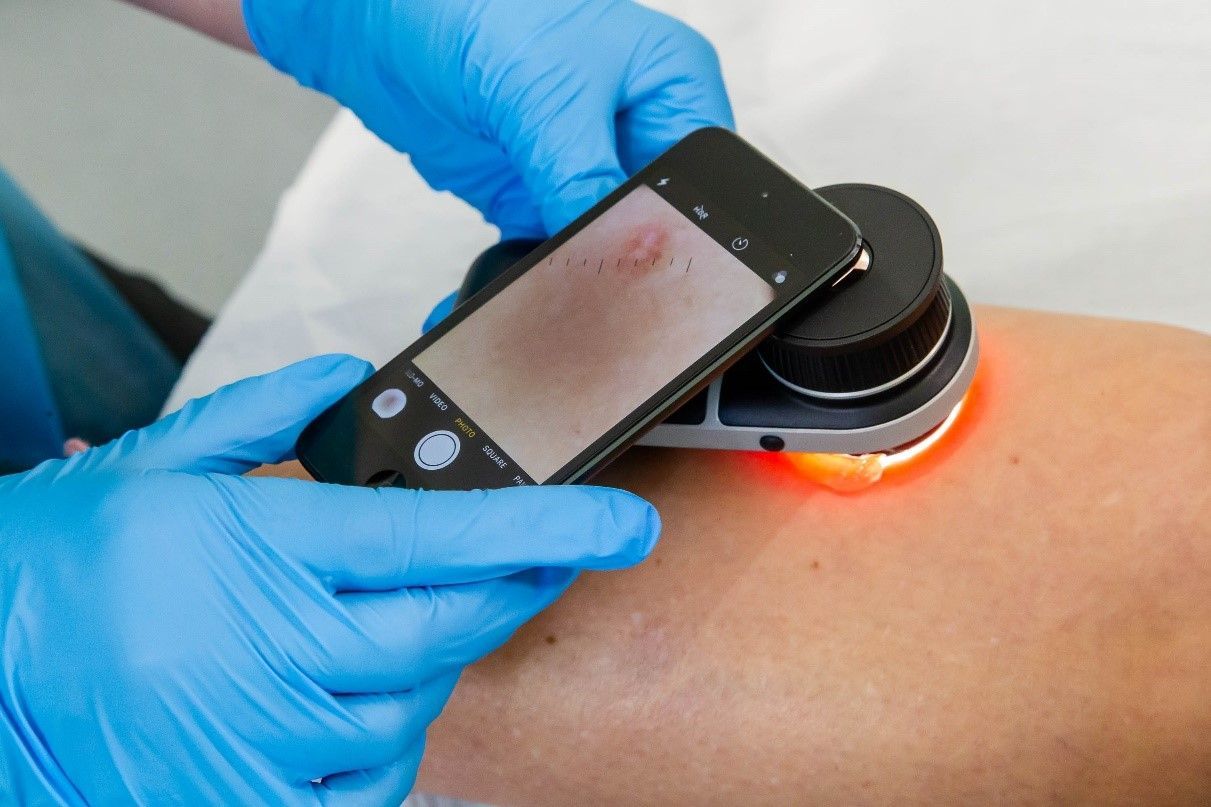
The UK, like much of the rest of the world, is increasingly seeing more extreme weather events, including periods of unusually hot and sunny weather in the summer. The impact of UV radiation is much better understood and generally speaking there is a greater awareness around protection of the skin through the use of sunscreen. It is important to remember however, that it is not just the extreme events that require the use of sunscreens, but also the more ‘normal’ sunny days as well!
Melanoma, a form of skin cancer, is the fifth most commonly diagnosed cancer in the United Kingdom. Around 17,000 people are diagnosed with melanoma in the UK every year.
Melanocytes are cells in the skin which make the pigment called melanin, giving our skin it’s colour and helps to protect the skin from ultraviolet light. Melanoma develops from the melanocytes when they get chronically damaged by UV radiation, from exposure to the sun or from sunbeds. Most of the UV damage is acquired in childhood from excessive sun exposure or repeated sunburns, but melanoma manifests in adulthood, particularly in the over 50s. However, melanoma is now one of the most common cancers in adults under the age of 35.
Melanoma mostly develops within normal looking skin and sometimes in moles.
With fair coloured skin there is less melanin, so less UV protection and therefore more chance of developing skin cancer. Other risk factors include genetics, family history of skin cancer, a weakened immune system, having many moles on the body, very large moles, a big birth mark, freckles, fair or ginger hair colour, skin that burns/blisters easily from sun exposure rather than tans.
Skin cancer is mainly found on the legs, back and chest, but can also occur on other areas of the body, such as the scalp, face, feet, arms, nails, eyes and mouth. Melanoma can spread if not treated early, within the lymph and blood vessels to reach other organs within the body.
It is important to keep a check on your moles. If they change their shape or become asymmetrical, increase in size, colour or texture then they need to be examined by a health professional in case they have become cancerous. As with all types of cancer, the earlier the diagnosis, the better the outcome. Changes can occur slowly over several months/years or quickly over a matter of weeks. A recognised way of remembering the signs to look out for any changes to moles, is to follow the ABCDE rule.
A is for AYSYMMETRY
Healthy moles are usually symmetrical in shape. If a mole changes shape and one half becomes a different shape to the other half, it is important to get it checked by a healthcare professional.
B is for BORDER
Healthy moles have smooth even borders. Melanomas have irregular or angulated borders.
C is for COLOUR
Healthy moles have an even colour. Melanomas can have three or more different colours such as brown, black, blue, grey or pink within them.
D is for DIAMETER
Healthy moles are usually small. If a mole increases in size, they should be checked.
E is for EVOLVING
Healthy moles don’t usually change their shape, colour or texture. If a mole does change its size or appearance, becomes raised, lumpy, itchy, painful, bleeds, inflamed or crusty it should be checked by a health professional.
Feet and Melanoma:
Cancers are rare on the feet, but surprisingly melanoma is the most common form of cancer found on this part of the body. It can develop on any part of the foot including the top, on the soles, between the toes or even on the heels. Also, unusually melanoma arising on the soles of the feet can affect anyone, including those with darker skin tones.
As we rarely look at our feet, podiatrists are trained to assess the skin on your feet looking for any suspicious changes. A regular check-up of your feet can keep them healthy, by spotting and treating problems early.
Our team at YPL have been educated on skin conditions by Podiatrist Dr Ivan Bristow, a leading expert in foot dermatology. As part of our New Patient assessment, we will undertake a lesion check when required, with ongoing monitoring as part of your treatment plan. Two of our Podiatrists will soon be undergoing advanced training with Ivan, in the use of the dermatoscope and early skin cancer detection.
The pictures below show a variety of some of the presentations we may see on the feet (1).
How to enjoy the sun safely:
Find Shade: Take a break under trees, umbrellas or head indoors.
Cover Up: Wear a loose-fitting long sleeve top with a hat and sunglasses.
Use sunscreen: on the bits that aren’t covered up. Use plenty with at least SPF 15 and a 4 or 5 star UV rating.
Source: https://www.cancerresearchuk.org/about-cancer/causes-of-cancer/sun-uv-and-cancer/sun-safety
Acknowledgements
With thanks to Dr Ivan Bristow for his support in the writing of this blog.
Source of Photographs
1. Bristow et al. Journal of Foot and Ankle Research 2010, 3:25 http://www.jfootankleres.com/content/3/1/25
2. YPL Archive
For further advice from our Podiatrists or to book an appointment phone us on 01904 789763/01757 704747 or go to www.yorkpodiatry.co.uk
#skincancer
#melanoma
#yorkpodiatry
#foothealth
#york

